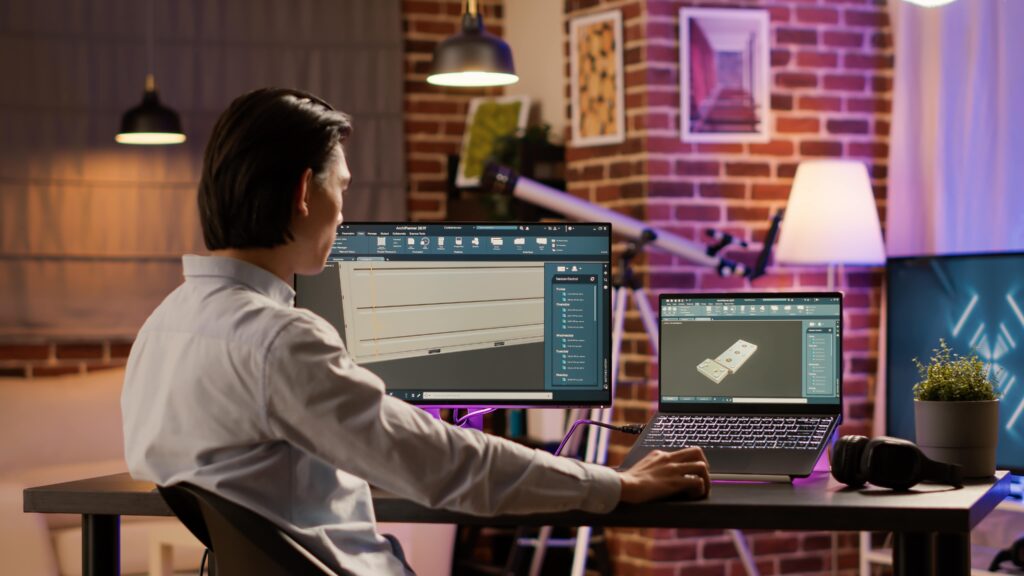In animation, lighting plays a crucial role in setting the mood, enhancing the storytelling, and creating a visually stunning experience for the audience. Cinematic animation lighting takes this to the next level by incorporating techniques that are akin to those used in the film industry.
Basics of Cinematic Animation Lighting
Before tackling advanced techniques, it is important to grasp the basics of cinematic animation lighting. Lighting in animation serves multiple purposes:
- Establishing the time of day
- Creating atmosphere
- Highlighting important elements
- Guiding the viewer’s focus
By manipulating light sources, shadows, and colors, animators can evoke specific emotions and enhance the overall visual appeal of their work.
Three-Point Lighting: One fundamental concept in cinematic animation lighting is the use of three-point lighting. This classic lighting setup consists of:
- Key Light: The primary light source that illuminates the subject.
- Fill Light: Helps to fill in shadows and soften harsh lighting.
- Backlight (Rim Light): Adds depth and separates the subject from the background.
Understanding and effectively using these basic lighting techniques provides a strong foundation for creating compelling and visually engaging animations.
Creating Mood and Atmosphere Through Lighting
In cinematic animation, lighting plays a significant role in setting the mood and atmosphere of a scene. Different lighting techniques can evoke various emotions and enhance the storytelling aspect of the animation.
- Low-key lighting: Strong contrasts between light and shadow can create a sense of mystery or suspense, perfect for thriller or horror genres.
- Soft, diffused lighting: Conveys a feeling of warmth and intimacy, ideal for romantic or heartfelt moments.
Color Temperature:
- Warm colors: Reds, oranges, and yellows evoke feelings of warmth, passion, and energy.
- Cool colors: Blues and greens create a sense of calmness, tranquility, or even unease.
By strategically choosing the color temperature of your lights, you can enhance the emotional impact of your animated scenes.
Advanced Lighting Techniques for Cinematic Animation
To improve your animation lighting skills to a cinematic level, consider incorporating advanced techniques:
- Volumetric Lighting: Simulates the way light interacts with particles in the air, creating realistic shafts of light and atmospheric effects.
- Global Illumination: Mimics the way light bounces off surfaces and illuminates the surrounding environment, resulting in more natural and realistic lighting.
- Ambient Occlusion: Enhances depth and realism by simulating soft shadows in crevices and corners where light has difficulty reaching.
In addition to these techniques, pay attention to the use of light and shadow to create depth, contrast, and visual interest. Experiment with different types of light sources, such as spotlights, area lights, and image-based lighting, to achieve the desired look and feel. Remember that lighting is not just about illuminating the scene but also about sculpting and shaping it to convey the intended mood and narrative.
Practical Tips for Mastering Cinematic Animation Lighting
To master cinematic animation lighting, practice is key. Here are some practical tips:
- Experiment with Different Lighting Setups: Try various lighting configurations to see how they affect the mood and atmosphere of your scenes.
- Study Real-World Lighting: Observe how light behaves in natural settings and how it affects the environment.
- Analyze Animated Films and TV Shows: Pay attention to how lighting enhances storytelling, guides the viewer’s eye, and sets the mood.
- Use Lighting Software and Tools: Programs like Autodesk Maya, Blender, and Cinema 4D offer robust lighting features. Familiarize yourself with the lighting controls and settings to effectively manipulate light sources, shadows, and colors.
- Enroll in Specialized Courses: Platforms like Yellowbrick offer online courses taught by industry professionals that cover various aspects of animation production, including lighting techniques. These courses can provide valuable insights, tips, and guidance to help you hone your skills and take your animation lighting to the next level.
By incorporating these techniques and tips, you can create compelling and visually stunning animations that effectively convey the intended mood and atmosphere.
Key Takeaways:
- Cinematic animation lighting is a crucial element in creating visually stunning and immersive animated scenes.
- Understanding the basics of lighting, such as three-point lighting, is essential for setting the mood and guiding the viewer’s focus.
- Different lighting techniques can evoke specific emotions and enhance the storytelling aspect of animation.
- Advanced techniques like volumetric lighting, global illumination, and ambient occlusion can elevate your animation lighting skills to a cinematic level.
- Practice, experimentation, and studying lighting in films are key to mastering cinematic animation lighting.
- Utilize lighting software and tools to streamline your workflow and achieve professional-looking results.
For those looking to deepen their knowledge and skills in cinematic animation lighting, consider enrolling in the NYU Animation Industry Essentials online course and certificate program offered by Yellowbrick.
This comprehensive program covers various aspects of animation production, including advanced lighting techniques, taught by industry professionals. Take your animation lighting expertise to the next level with this specialized course.








